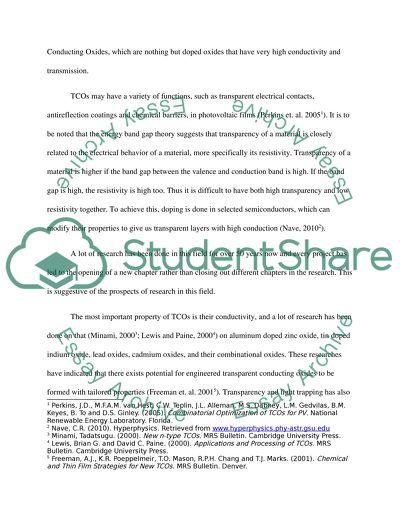Cite this document
(“Research Proposal Dissertation Example | Topics and Well Written Essays - 1750 words”, n.d.)
Retrieved from https://studentshare.org/gender-sexual-studies/1417179-research-proposal
Retrieved from https://studentshare.org/gender-sexual-studies/1417179-research-proposal
(Research Proposal Dissertation Example | Topics and Well Written Essays - 1750 Words)
https://studentshare.org/gender-sexual-studies/1417179-research-proposal.
https://studentshare.org/gender-sexual-studies/1417179-research-proposal.
“Research Proposal Dissertation Example | Topics and Well Written Essays - 1750 Words”, n.d. https://studentshare.org/gender-sexual-studies/1417179-research-proposal.


